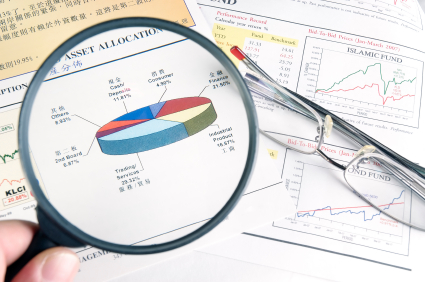Accounting
How to Spot a Biased Valuation
When lawsuits involving business valuation arise, both sides usually hire a valuation expert. Not surprisingly, the two opposing experts offer very disparate opinions as to the value of the subject company.
Jul. 01, 2014

When lawsuits involving business valuation arise, both sides usually hire a valuation expert. Not surprisingly, the two opposing experts offer very disparate opinions as to the value of the subject company.
According to tax, consulting and business valuation firm Gettry Marcus CPA, P.C., sometimes this is the result of legitimate differences in the analysis, perhaps in expectations of future revenues, profits, capital expenditures, or other financial statement items. These differences are easily identified and can often be understood, if not reconciled.
“A business valuation contains a series of assumptions, any one of which could be manipulated to steer the value in a pre-determined direction,” said Russell T. Glazer, Partner and member of the firm's Business Valuation & Litigation Services Group. “Each assumption should be supported by appropriate empirical data, logic and good common sense in order to criminate such claims of bias.”
For example, if one expert's analysis assumes high gross profit margins and the other expert is using much lower gross profit margins, this difference in assumption and its impact in value are usually easy to quantify. It may be more difficult, especially if the subject company has a short or an erratic track record, for the trier of fact to determine which assumption is more realistic, but at least the issue can be identified and discussed. The underlying cause may be an honest difference in interpreting the company's prospects, or it may be due to an attempt by one of the valuators to bias the result.
There are times when a biased business valuator's report is difficult to spot. An attempt to intentionally drive the value in the desired direction may be disguised in several areas of the analysis. These may include, for example, the development of the discount rate in the Income Approach, or the comparable transactions selected in the Market Approach. The choice of “normalizing adjustments” for excess salaries, self-dealing transactions, owners' perks paid by the business, etc., and the amounts of these adjustments also impact value. Such manipulations in these areas could have a significant impact on value individually. Alternatively, a series of small such manipulations could cumulatively result in a large change in value. These are harder to discover.
The expert's valuation report should include sufficient detail to explain all such adjustments. The report should describe why the adjustment is necessary, as well as the amount of the adjustment. This should be backed up by empirical data tailored, as much as is practicable, to the specific circumstances of the subject company.
For example, an adjustment for owners' salaries can be based on data from the U.S. Department of Labor, which is a nationwide average of salaries for all companies in a particular industry. Or, the adjustment could be based on surveys of companies in the same industry and size as the subject, adjusted for the subject company's geographic location.
Both amounts are derived from published empirical data, however, the Department of Labor data may be, perhaps intentionally, a poor match for the subject company, while the survey data could be a better fit. Even the survey data can be manipulated. Thus, a careful review of the valuator's analysis and the data used may be needed to reveal bias in the expert's opinion.
